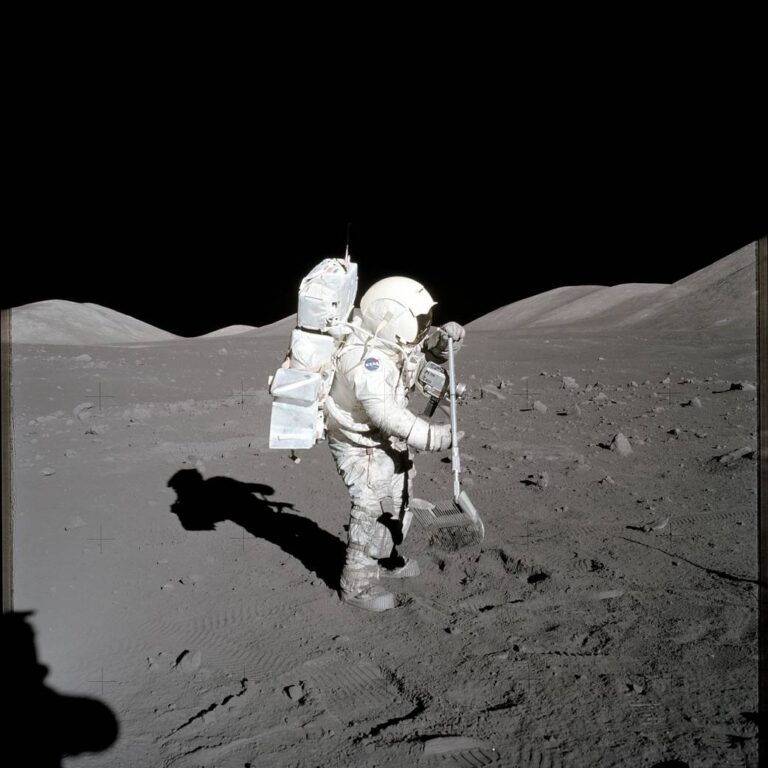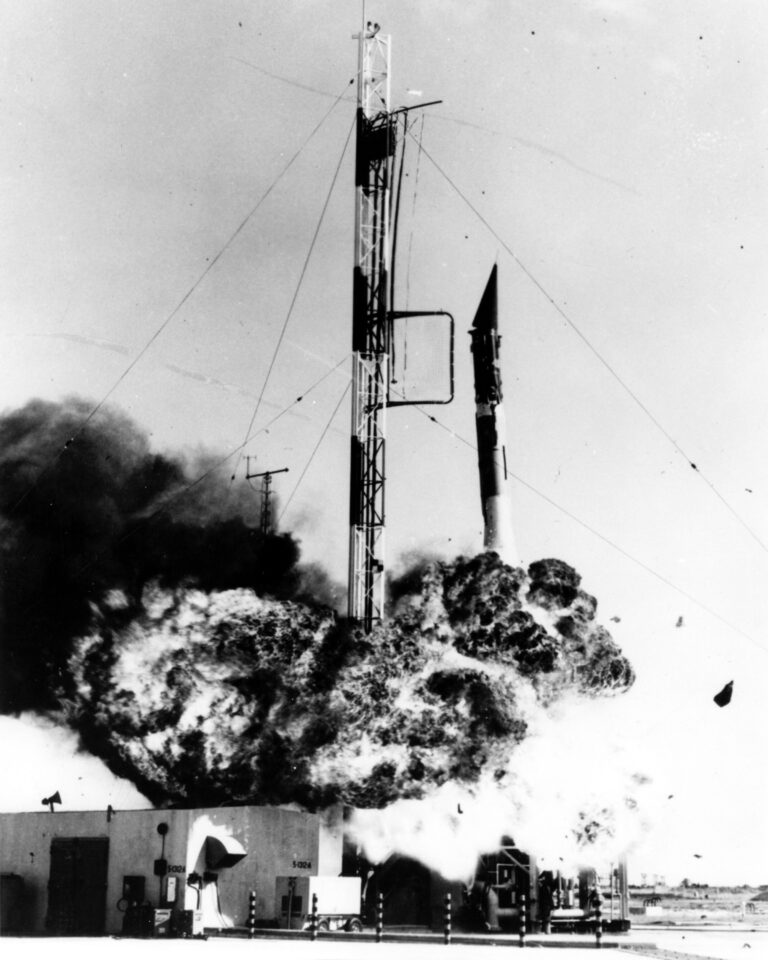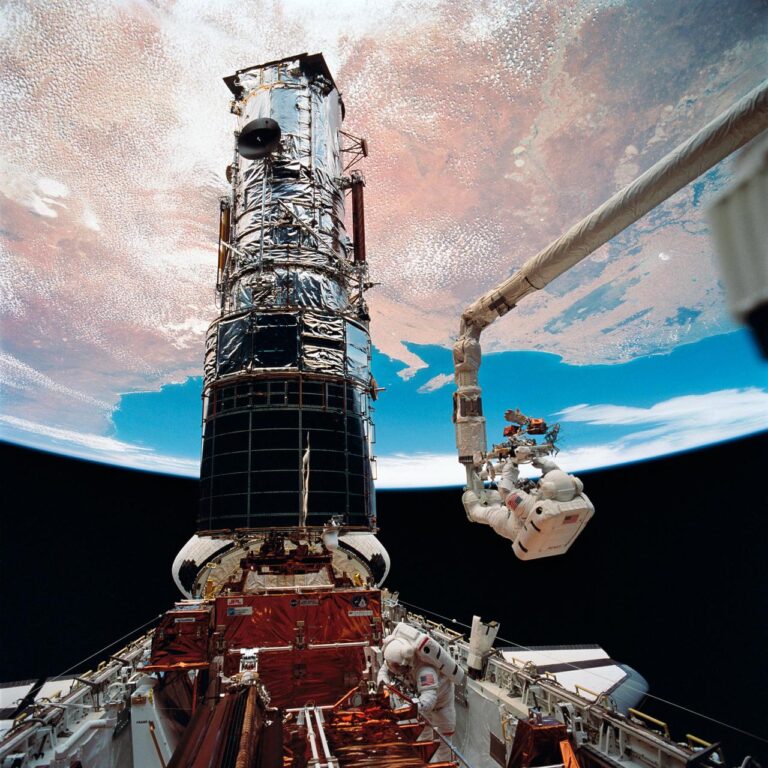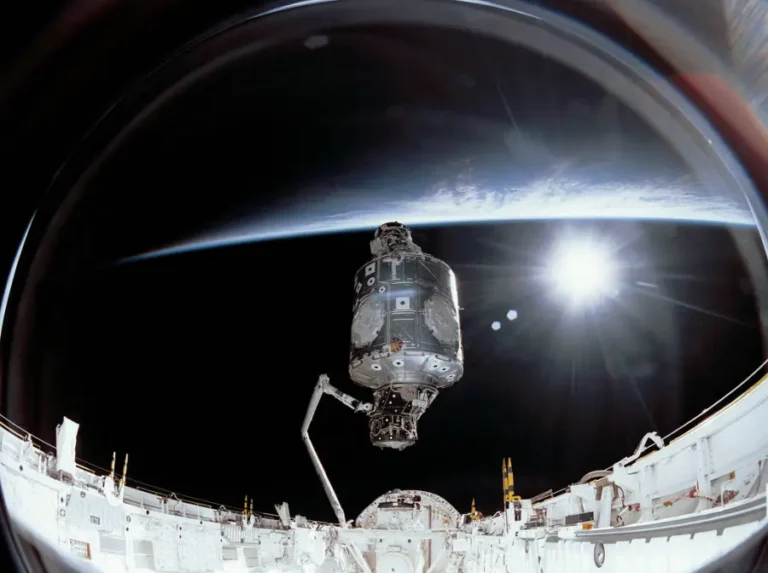Key Takeaways:
NASA announced today that Lockheed Martin Corporation will be the prime contractor for the new Orion spacecraft. The company, based in Bethesda, Maryland, will design, develop, build, and test the new Apollo-derived vehicle.
The company has some relevant recent experience. It built the sample-return capsule for NASA’s Stardust mission, which flew past a comet in 2004 and safely returned samples in January.
Orion, says NASA, is to be a key element of extending a sustained human presence beyond low-Earth orbit. The agency wants to begin using Orion to ferry astronauts to and from the International Space Station no later than 2014. Orion will also serve as a lifeboat that can return an entire six-person space-station crew in an emergency.
But with the space shuttle set to retire in 2010, Russian Soyuz flights will be the only available astronaut transports. For this reason, NASA Administrator Michael Griffin is said to be pushing for a manned Orion launch on the new Ares I rocket by 2012.
Orion will sport the first solar panels ever used on an American piloted spacecraft. NASA plans to fulfill Orion’s Apollo legacy by using it to send four crew members to the Moon. Unlike Apollo, the craft will be unattended in orbit as future moonwalkers spend up to a week working on the lunar surface. NASA targets its next Moon landing for no later than 2020.
Manufacturing and integration of the Orion components will take place at contractor facilities across the country. Lockheed Martin will perform most of the vehicle engineering work at NASA’s Johnson Space Center in Houston and will complete final assembly of the vehicle at the Kennedy Space Center in Florida. All 10 NASA centers will provide technical and engineering support to the project.
The contract is structured into separate schedules for development, testing, and evaluation, with options for production of additional spacecraft. NASA estimates the development phase will begin September 8, 2006, and extend through September 7, 2013. The agency estimates this part of the contract is worth $3.9 billion.
Spacecraft delivery orders may begin as early as September 8, 2009, and could be extended through September 7, 2019, if the space agency exercises all options. NASA estimates the value of these orders will not exceed $3.5 billion.










